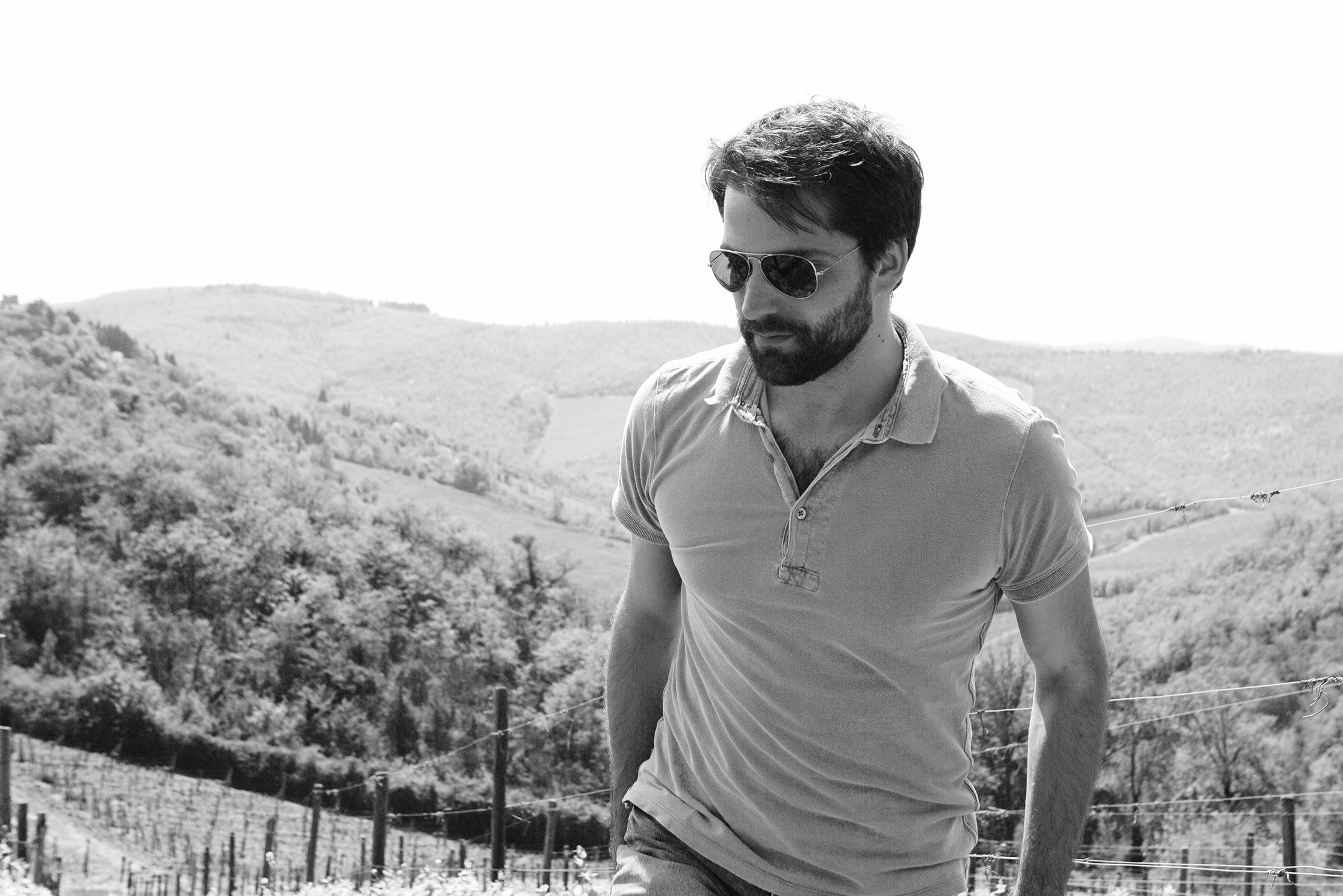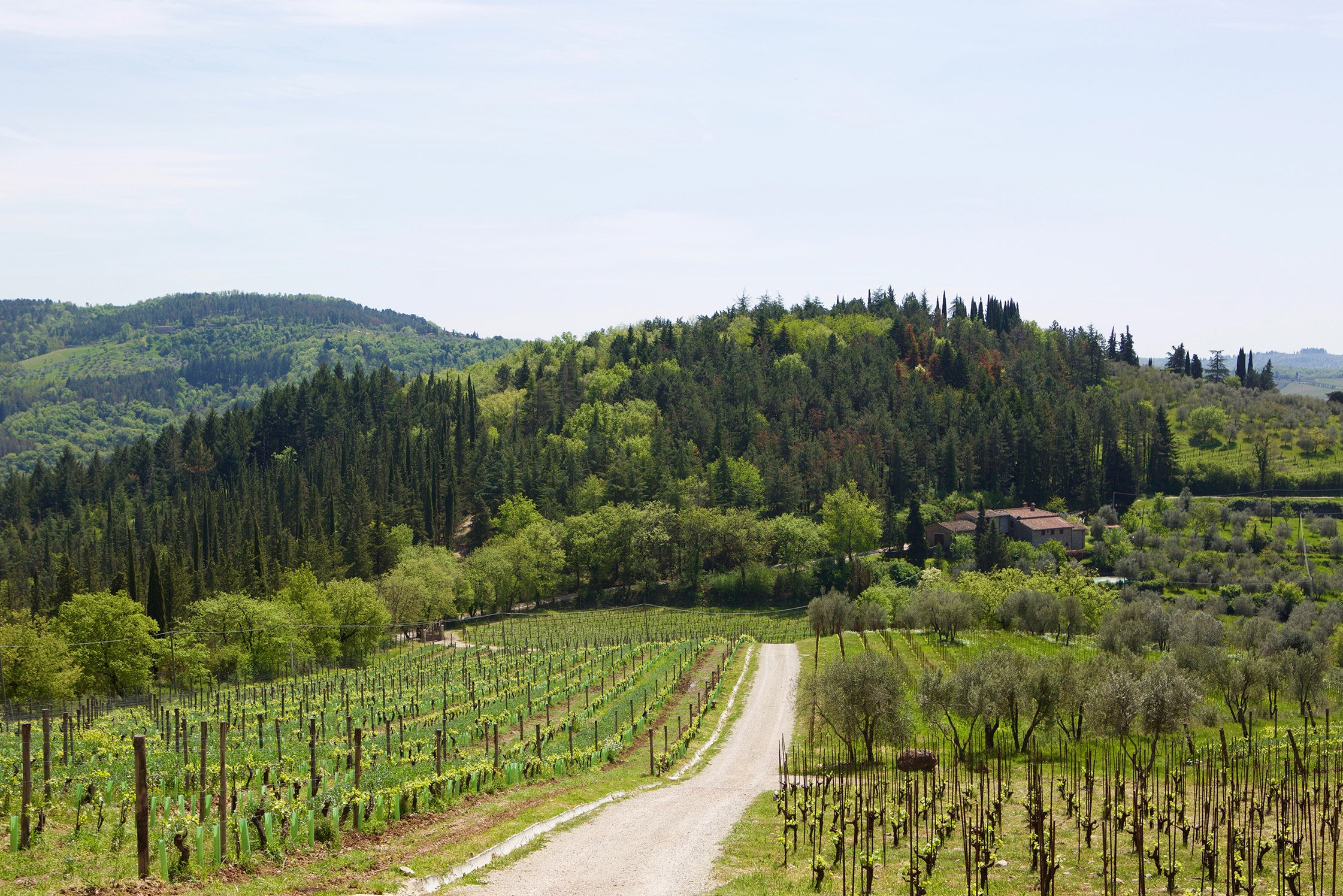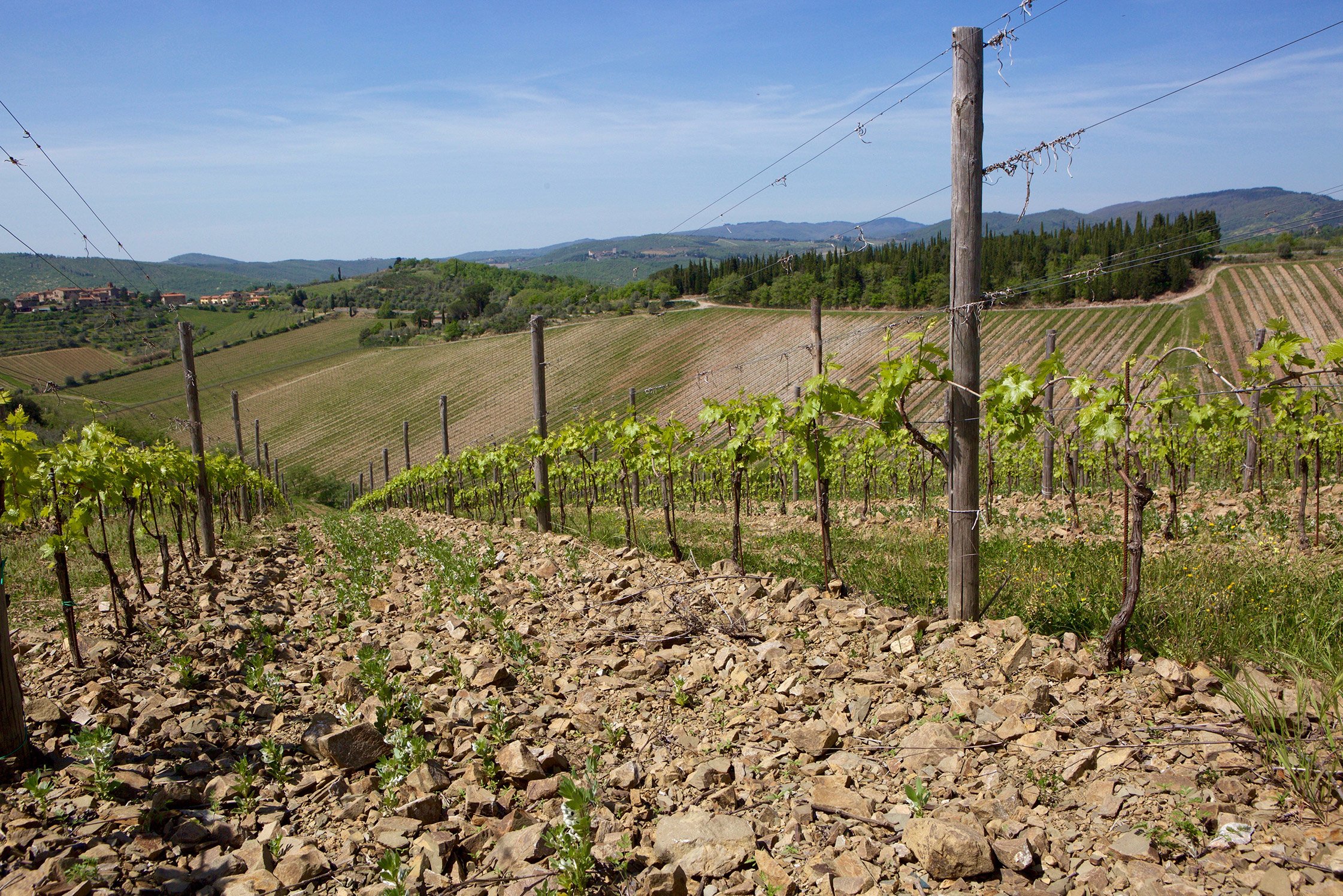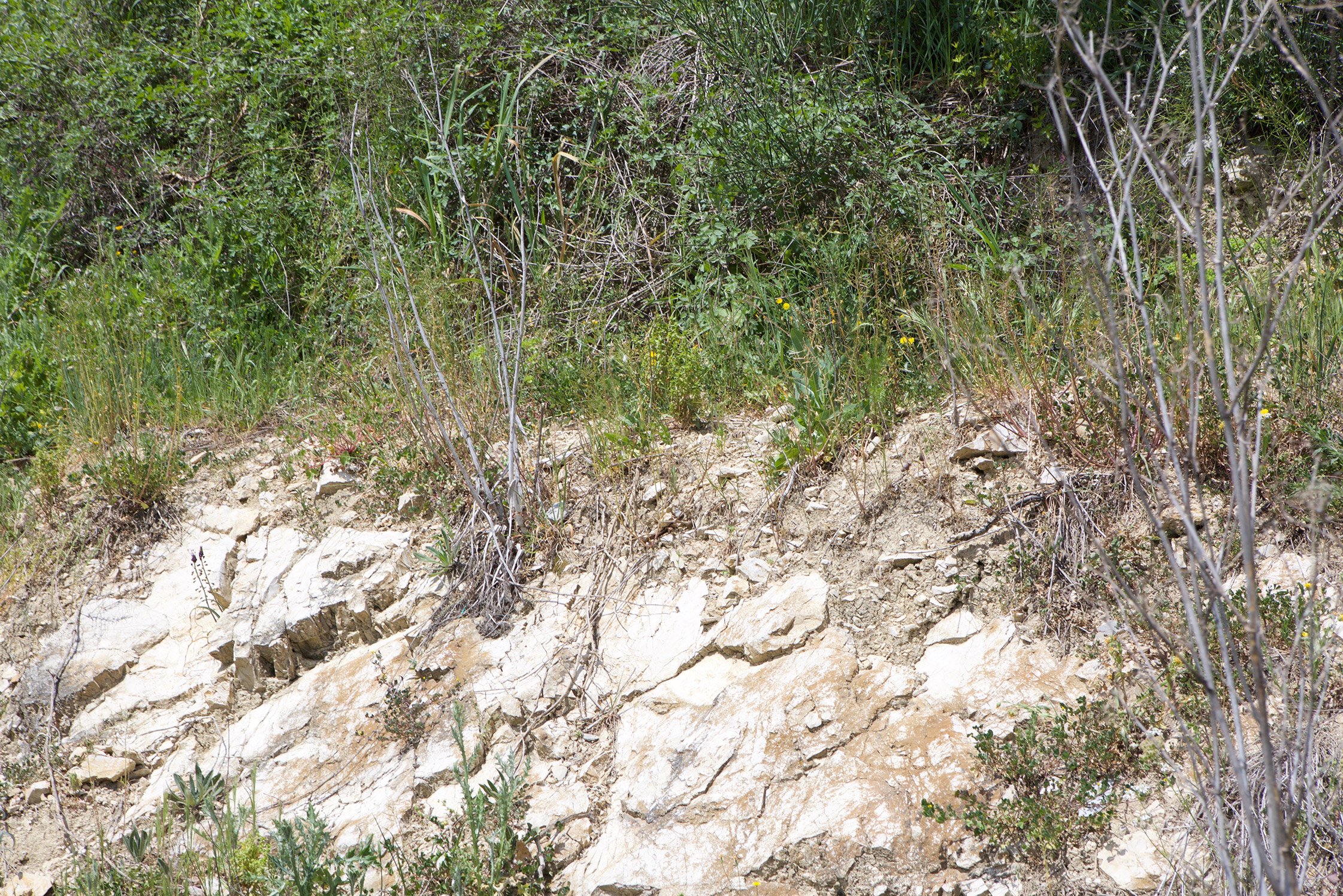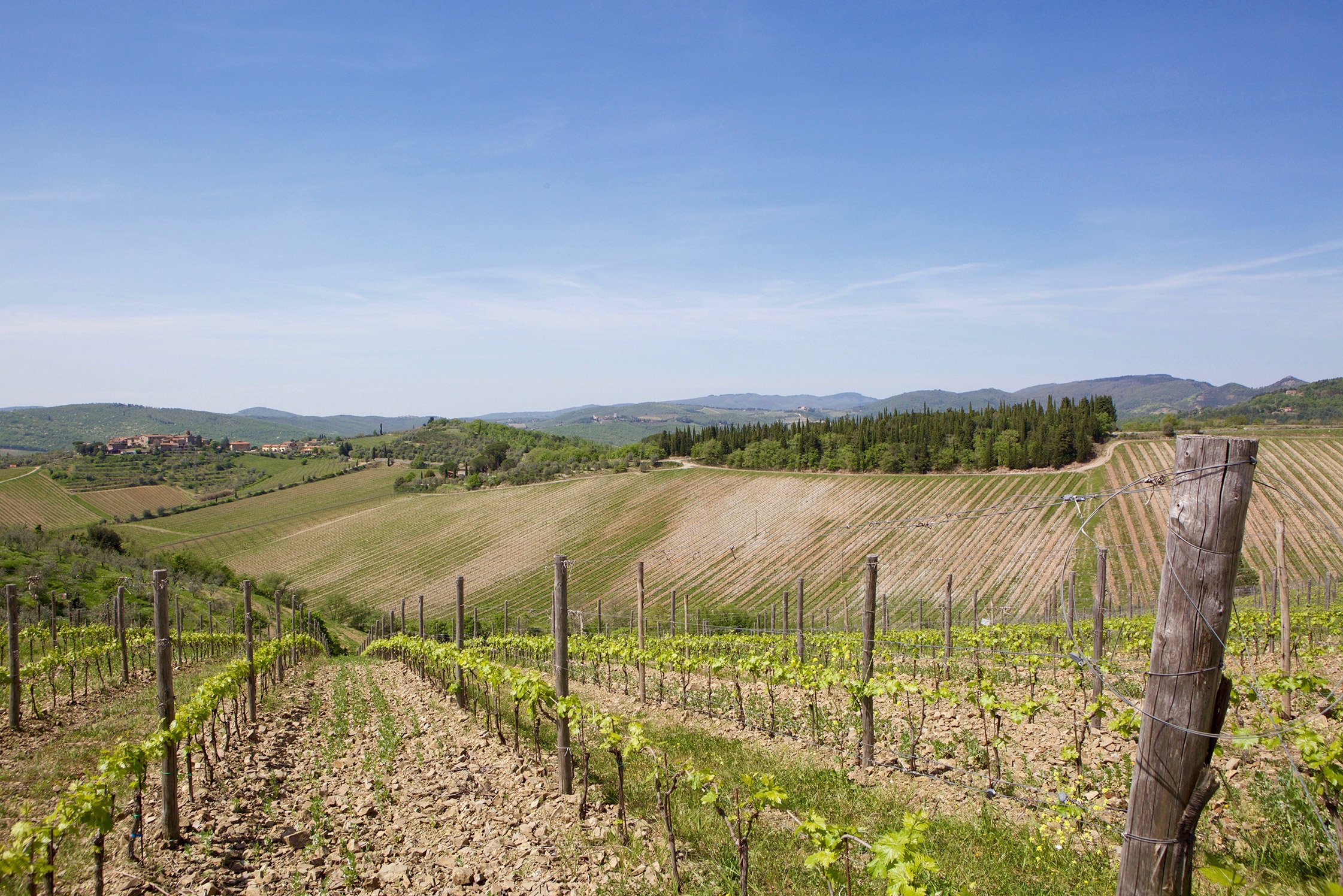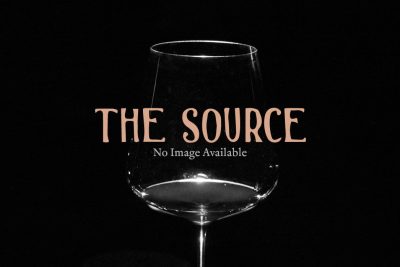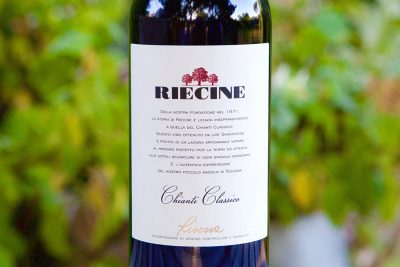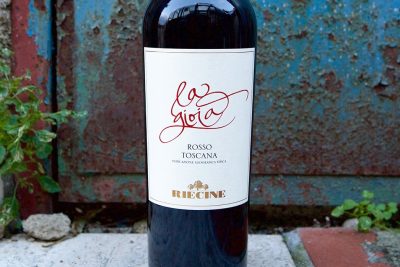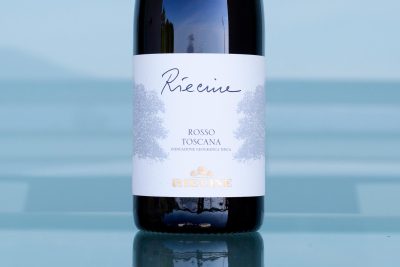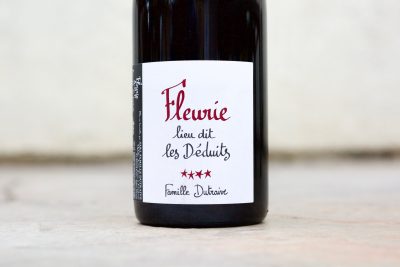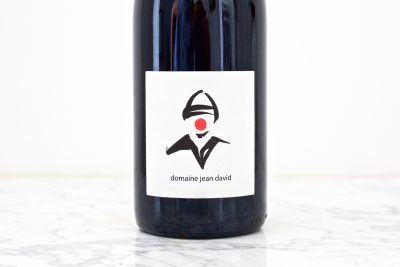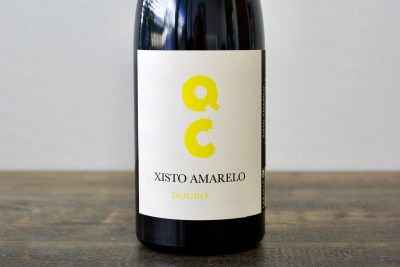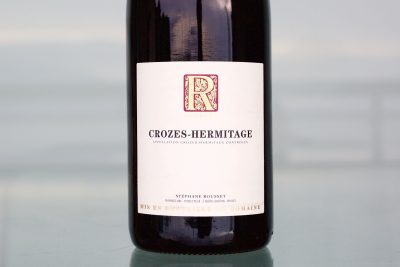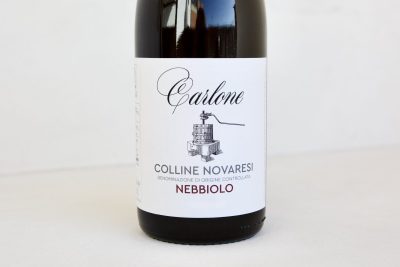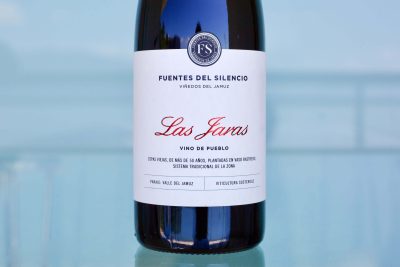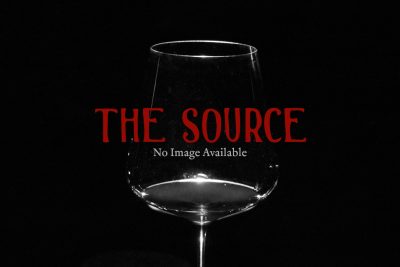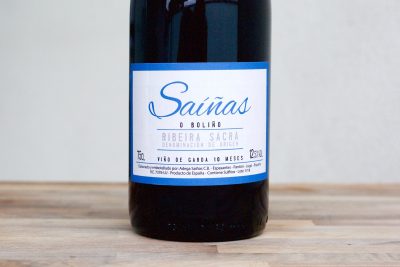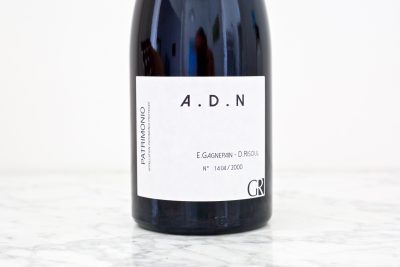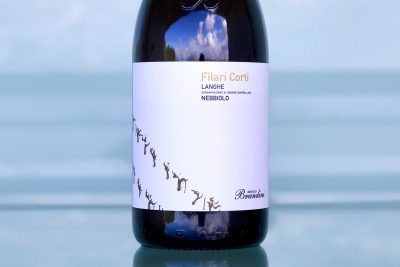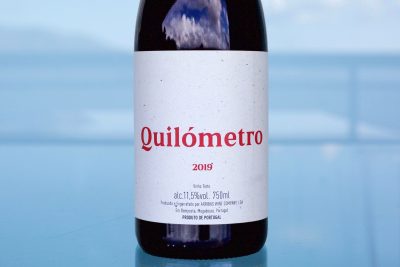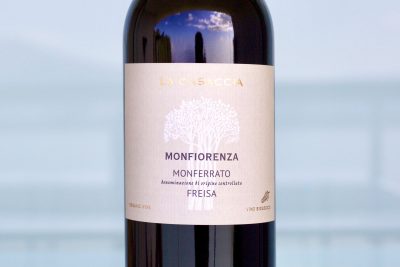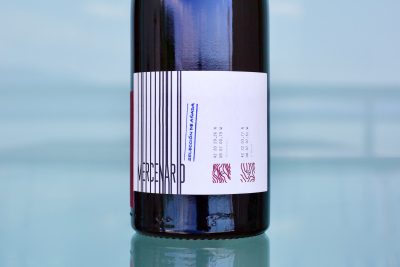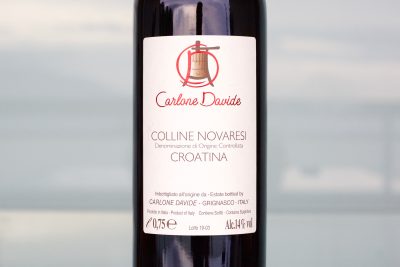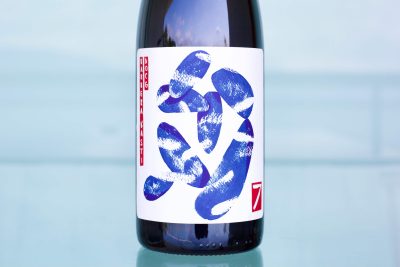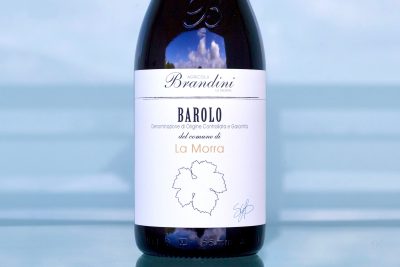Jordan Mackay, one of the world’s top food and wine writers, accompanied me to my first visit to Riecine. When they poured us the 2013 version of this wine we looked at each other in confusion; we were perplexed. It was so far to one side of the spectrum of a Chianti Classico (which it is, but labeled as a Toscano Rosso) we both wondered how it was possible that a wine could smell and taste like a high elevation, stony 1er Cru, or Grand Cru site in Burgundy and be made from Sangiovese nearly a thousand kilometers away in Italy?
After my first couple of sips and tastes of Riecine’s 2013 Toscano Rosso, I said to Jordan, “I know the comparison to Burgundy is an exhausted one, and I don’t mean overextend the comparison by a large stretch here, but this reminds me of Gevrey-Chambertin, like a Ruchottes-Chambertin, or Clos Saint Jacques; not only a little bit in taste and smell, but in feeling and style. In any case, it reminds me of a wine from a higher altitude, stonier site from Gevrey, and it’s very Rousseau-like.” Jordan looked at me in bewilderment, and to my surprise agreed.
The decision to work with Riecine took time. The wines are an abstraction for Tuscany, but something familiar when considering the wine world’s greatest velvet glove, iron-fist styled wines, like Burgundy. My access to Burgundy over the years has been fortunate and I’ve had many young (and old) wines from all of the region’s top domaines—so far as I can tell. Many of them can be off-putting and backward when young because the integration of the newer wood that most—almost all—have in their 1er Cru and Grand Cru wines can’t seem to dance around in their youth. My only criticism of this Riecine wine, called “Riecine,” was the same.
I was unsure that it would be accepted, except that this is the kind of wine that deserves to be recognized no matter whether or not it conforms to the regional norm—whatever that is in the Chianti hills. It’s ahead of the curve in subtlety, but as Allesandro (the winemaker) said, this light level of extraction is the way old Chianti Classico used to be; he should know, growing up in the region and drinking many old wines from his father’s cellar made before the region was overtaken by foreign nationals. That was the encouragement I needed and I signed on to represent their compelling wines; Riecine’s wines need to be known and if I passed because they were atypical I knew I would regret it.
If you’re a purist, you must not walk away from this wine from the potential wood nuances that immediately come from the first glasses. (It’s raised in concrete and 500 liter French barrels.) Like other great wines crafted in this way, this one needs another ten years to integrate to give an immediate display after pulling the cork, but if you’re patient, it will give you a solid teaser of what it will likely become. If you walk away, you’d just as well walk away from a young Armand Rousseau Clos Saint Jacques from the same vintage, a wine I’ve had on a couple of occasions.
My last bottle of Rousseau’s 2013 Clos Saint Jacques was in the spring of 2018 at Pot d’Etain, a Gites-de-France with a restaurant. It’s located between Chablis and the Cote d’Or, and has one of France’s deepest wine lists, with a heavy dose from Burgundy. I had a bottle there with Romain Collet, one of our Chablis producers, and JD Plotnick, a former chef and one of our extremely talented collaborators at The Source.
At first the Clos St. Jacques was almost undrinkable, even grotesque in its oak level. After its first hour of solitary confinement in oak, it began to flex its authority over all other wines on the table, and there were some real players there. Its pedigree rose and it grew in power and complexity on an exponential level from one smell and sip to the next. It was a true experience and one I would like to relive over and over. In time serious wines reveal themselves, but time is needed. A wine that starts out impressively might fall and what begins quietly, or seemingly off, might bring you to a state given the right amount of time.
Riecine’s Toscano Rosso grows exponentially after its first two hours and while it may be a similar pedigree to one of Rousseau’s great parcels (when comparing Burgundy’s best to Tuscany’s best), it’s not the same level of wine, but perhaps it’s also not that far off. Time is needed for this youthful wine, and on a good day it may show you something you haven’t seen before from a Tuscan wine. When in full stride it’s fine-grained and discreet character is framed with fine acidity and a stony core. Once the wood has fallen back into the shadows, the magic begins with seductive satin-like sweet rose aromas and otherworldly soft pink fruits. The last sips fill out the mid and back-palate, the acidity and sappy fruit swells, and the finish gently stains with bitter orange and mild tree bark spices. A Zalto Bordeaux glass has on numerous occasions been my maestro for this wine and I suggest giving that a try.
The details: This 100% pure Sangiovese from the original vineyard planted by John Dunkley over four decades ago. The vines are grown on limestone and clay soils and at an altitude of over 1600 feet, which gives birth to miniscule yields at nearly one ton to the acre. It’s fermented on its skins for about forty days and lightly extracted initially and almost no extraction for the second half of its maceration. It’s aged for three years in concrete and 500 liter French oak barrels before being bottled. There are around 6000 bottles made each year.

